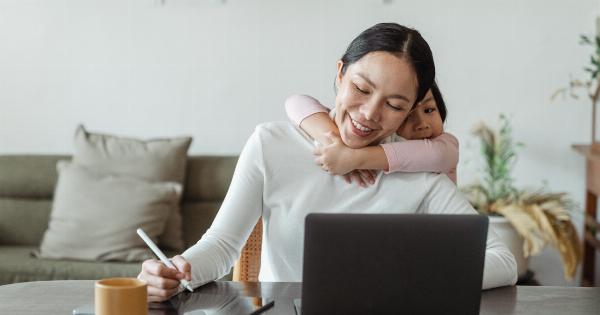Traveling to a new place can be a little intimidating, especially when you are greeted by strange signs in a foreign language.
Whether you’re trying to navigate your way around a city or simply deciphering warning signs, understanding these signs is critical for your safety and successful communication. In this photo guide, we will decode some of the most unusual and peculiar signs from around the world.
Signs that can be Confusing or Misleading
Some signs can be confusing or misleading, even if they are in a familiar language. For example, in English-speaking countries, a “Stop” sign is a common sight and instantly recognizable.
However, in some countries, the word “Stop” may not make sense to the locals. So, instead of using the word “Stop,” they may incorporate other symbols or icons to indicate the same.
In China, for instance, the red octagonal sign still exists, but instead of “Stop,” it says “请停车” or “Qǐng tíngchē”, which means “Please stop the car.” In Japan, the sign is similar to the United States, but instead of the English language, the sign reads “止まれ” or “Tomare” in the Japanese language. Similarly, in France, the word “Stop” doesn’t exist, and instead, the sign reads “Arrêt,” which means “Stop” in French.
Signs Alerting to Safety Hazards
Safety is paramount, and so are signs that alert us to hazards that we may be unaware of. The hazard signs differ from country to country, but the intent is the same.
For instance, in some countries, a jagged red lightning bolt is used to indicate a shock hazard. Still, in other countries, like Germany, a much simpler lightning bolt contains a warning symbol and is color-coded with a yellow background.
In some countries, the signs are more graphic and can be unsettling if you are not used to them. For instance, in Japan, the sign for “No smoking” is a cloud of smoke with an X over it.
In contrast, in the United States, it’s a red circle with a cigarette and a diagonal line through it. Similarly, in Australia, the sign for “Beware of animals” is a silhouette of a kangaroo while a snake represents the symbol for “poison.”.
Signs Indicating Directions and Locations
One of the paramount reasons for signage is to provide directions and indications of locations to reach our destination. The signages designed for this purpose differ from country to country, but they all serve the same purpose.
The sign for “Toilet” in Australia is usually a simple white circle on a blue background, with a symbol of a man or a woman. But, in the Netherlands, the sign features a cartoon man and woman sitting back-to-back on the toilet bowl.
Spain has a bit more detail on their toilet sign, overcharging it with text that reads “Señoras” and “Señores,” indicating which bathroom to use.
Signages in danger zones and Restricted areas
Signs in danger zones and restricted areas are typically designed to prevent the public from entering those areas. These signs can differ depending on the country, but the message is clear: don’t go there.
In the United States, an orange and black sign with “Restricted Area” written on it is standard in such places.
In France, “Accès Interdit” or “Access Forbidden” sign can be seen on such areas.
In Egypt, the signages are in Arabic, with a red circle and a slash signifying “No Entry.” Japan also has different signs indicating the same, calling it “Kinshi-Ken” with their writing, meaning “prohibited area” in the Japanese language.
Signs Indicating Emergency Situations
Emergency situations require immediate action, and these signs are designed to alert people to safety protocols in emergency situations.
These signs typically mention what action one should take to ensure their safety, and similar patterns of this symbol can be seen in many countries worldwide.
In the United States, the sign for “Fire exit” shows a person running through a door with flames, indicating an emergency escape. In contrast, in the UK, the emergency exit sign is a running person, with no indications of flames.
In Japan, the sign for “Emergency exit” is a running person in the opposite way.
Signs with Humor
Even though the signs are designed for safety and communication, it doesn’t mean they can’t have a little fun. There are a few unique signs around the world that add some humor to the occasion.
One of the hilarious signs can be found in Iceland at a hot spring. The sign reads “Danger! Boiling water. No Bathing,” with a cartoon image of someone boiling in water. It’s both informative and humorous.
Another funny sign can be found in Japan. It features a cartoon crocodile with a message reading “Don’t tease the crocodile.”.
Conclusion
There’s no denying that signs in foreign languages can be difficult to decipher. Nevertheless, the most important thing is to pay attention to symbols and images used to communicate critical information.
Keep in mind that different countries use different signs, but they all have the same purpose: to keep you safe and informed.






























